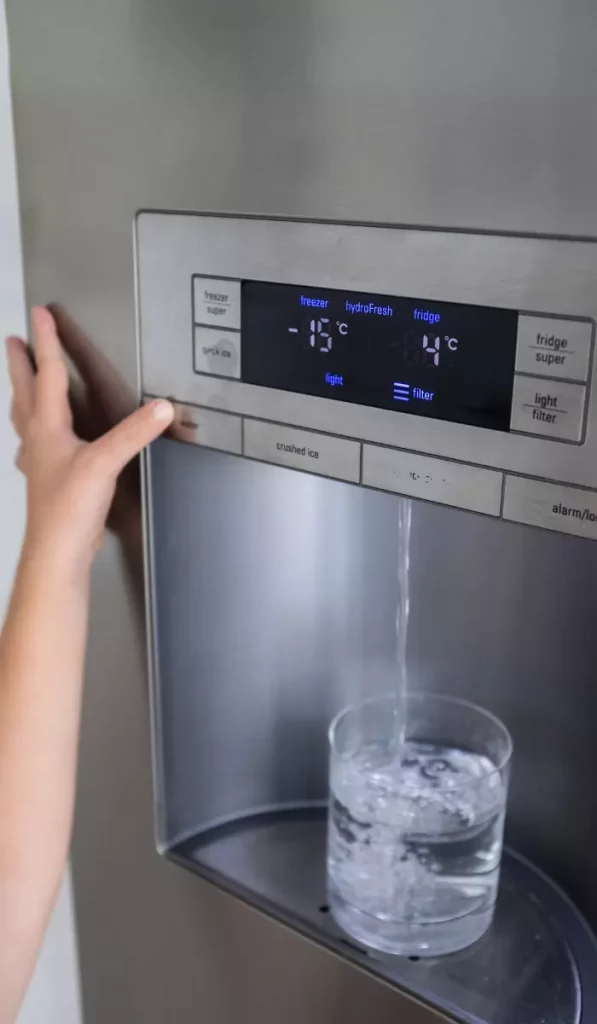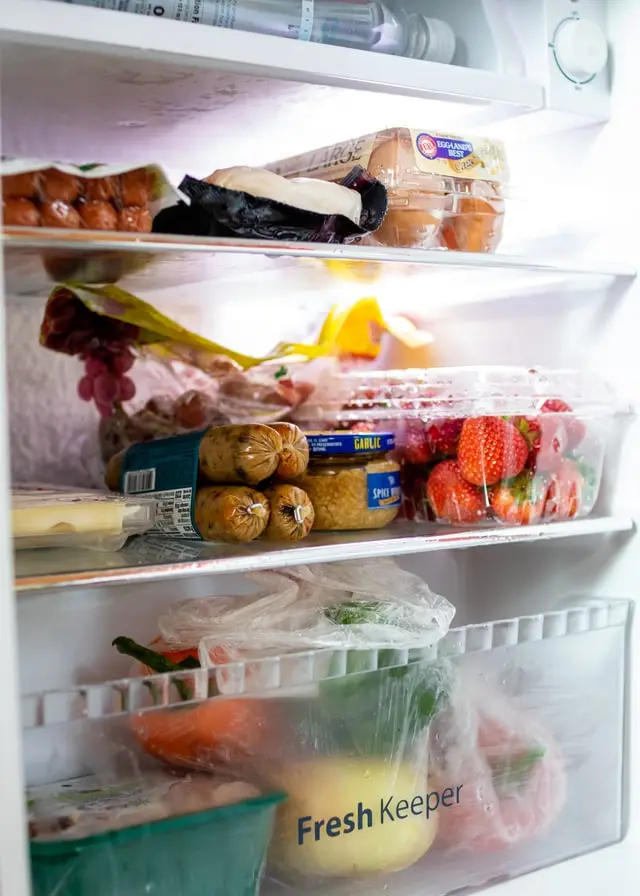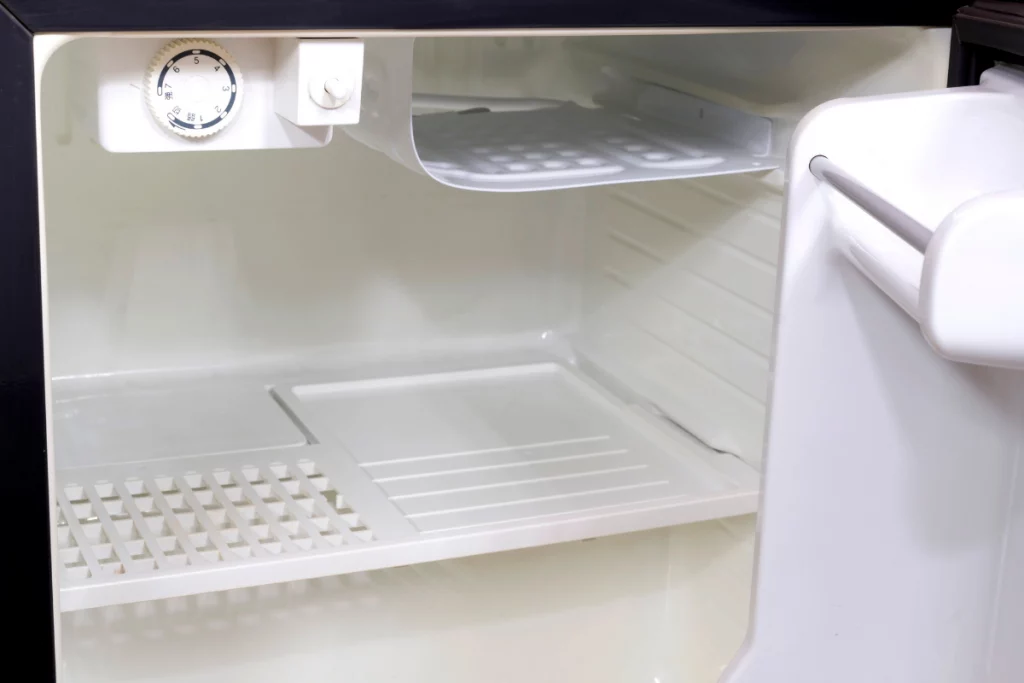Ever paused to consider where the water dispensed from your fridge originates? While it might seem like a straightforward concept, the journey of water from its source to your refrigerator is both intriguing and practical. In this article, we’ll break down where fridge water comes from, how the dispensing mechanism works, and why it’s beneficial to have such a feature. Let’s get started!
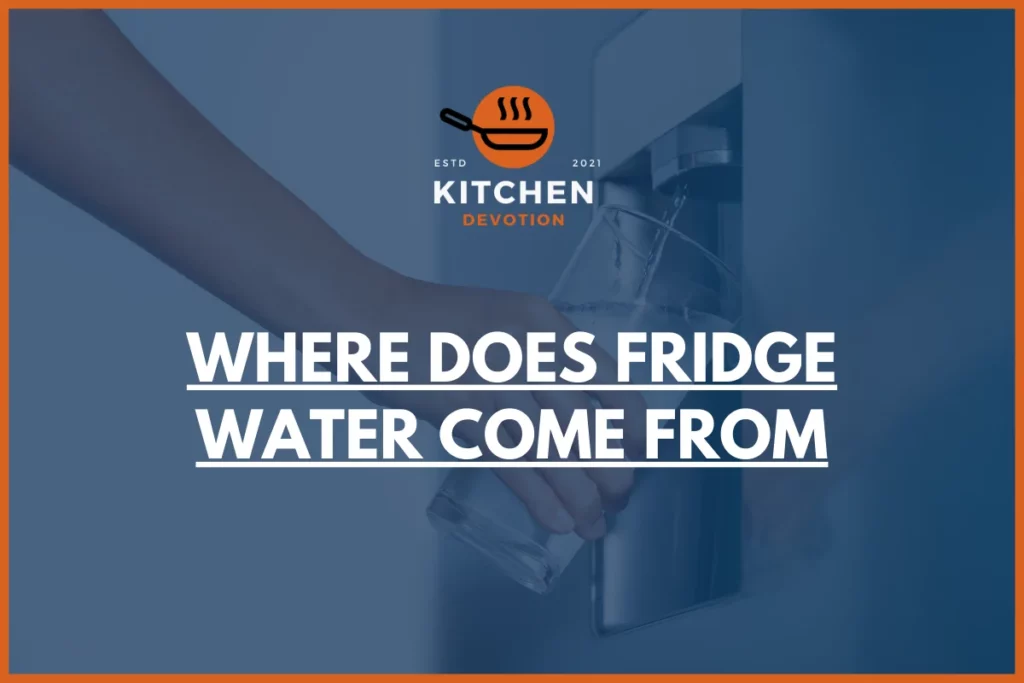
Table of Contents
Where Does Fridge Water Come From?
In most cases, refrigerators with water dispensers are connected to a home’s main water line. This means the water you get from the fridge isn’t much different from what you’d get if you turned on a nearby faucet.
Most modern refrigerators that offer water dispensing features require a direct connection to your home’s plumbing system. During installation, a water line is usually run from an existing water pipe (often under the kitchen sink or from a basement water source) to the back of the fridge.
However, it’s worth noting that this water typically goes through a filtration process within the fridge before reaching your glass. Many refrigerators come equipped with built-in filters to remove contaminants, chlorine taste, and other impurities, ensuring you get cleaner and better-tasting water than you might from the tap.
Is Fridge Water Tap Water?
The quick answer is, yes, fridge water is essentially tap water.
When you press that dispenser lever on your fridge, the water that flows out comes from your home’s main water supply. This is the same source your kitchen sink taps into. So, if you’re dispensing water from your fridge, you’re essentially getting tap water.
However, the notable difference between the water from your fridge dispenser and the regular tap water is the filtration process. Fridges with water dispensers usually have built-in filters. These filters are designed to trap and remove various impurities, ranging from small particles to potential contaminants and unwanted tastes or odors. This means, while the source is the same as tap water, the water from your fridge is often cleaner and tastes better because of that extra filtering step.
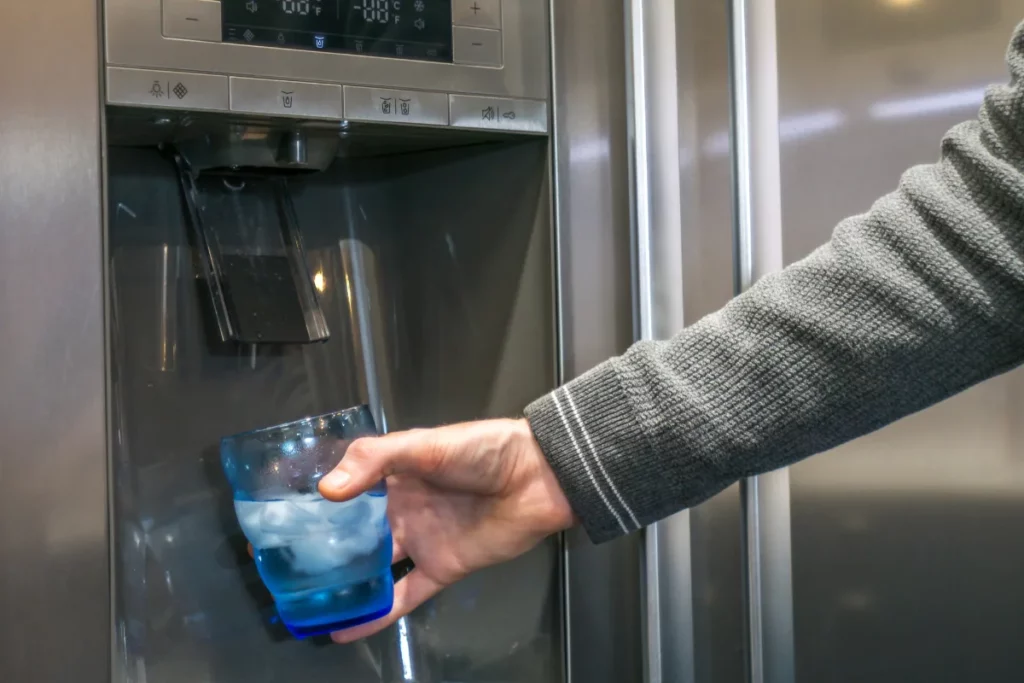
How Does a Refrigerator Water Dispenser Work?
Here how your trusty refrigerator water dispenser works:
- Connection to Water Supply: First things first, for the dispenser to provide water, your fridge needs to be connected to your home’s water supply, usually via a thin water line.
- Water Reservoir: Once inside the refrigerator, water goes into a small reservoir. This tank cools the water, ensuring that what you get from the dispenser is refreshingly cold.
- Filtration: As the water travels from the reservoir to the dispenser, it passes through a filter. This filter catches and removes impurities. The result? Cleaner, better-tasting water.
- Dispensing Mechanism: The actual dispensing happens through a simple mechanism. When you press the dispenser button or lever, it activates a small electric valve at the back of the refrigerator. This valve releases water from the reservoir, sending it flowing through the filter and out of the dispenser.
- Gravity and Pressure: The water flow relies mostly on gravity and a bit of pressure from the water line. That’s why water will continue to flow smoothly as long as there’s a steady connection to the main water supply.
There you have it – a simple yet efficient system that delivers chilled, filtered water right from your fridge.
What are the Benefits of Having a Fridge Water Line?
Having a fridge water line might seem like a modern luxury, but it’s more than just convenience. Let’s talk about why it’s great to have one:
- Filtered Water: As mentioned earlier, most refrigerators with water lines come equipped with filters. This ensures the water you’re drinking is free from common contaminants, resulting in cleaner and better-tasting water.
- Economical: Think about how much you might spend on bottled water. With a fridge water line, you can reduce or even eliminate that expense. You’re essentially getting purified water at a fraction of the cost.
- Convenience: No need to wait for tap water to get cold or to fill up a pitcher. With a press or push, you get cold water instantly. This is especially handy during those hot days when you’re craving a cool drink.
- Less Plastic Waste: Using the fridge dispenser can significantly cut down on plastic bottle purchases, which is a step forward in reducing plastic waste and being kinder to the environment.
- Space-Saving: By using the water dispenser on your fridge, you can free up shelf space that might have been occupied by water jugs or bottles.
- Ice on Demand: Many refrigerators with water dispensers also have ice makers. Having a water line means you can also enjoy ice on demand, perfect for refreshing cold beverages.
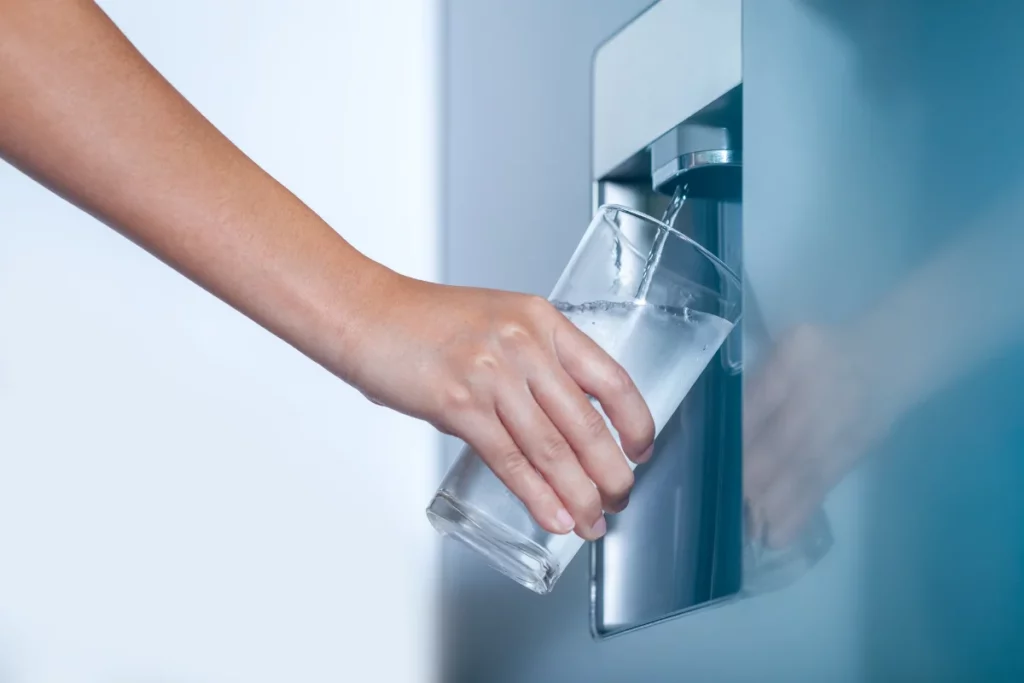
How to Maintain and Troubleshoot Your Fridge Water Line and Filter
Maintaining your fridge’s water line and filter is essential for consistent quality and safety. Here are some practical tips and common troubleshooting solutions:
- Regular Filter Replacement: Manufacturers typically recommend changing the water filter every 6 months or after filtering a specific amount of water, often 200-300 gallons. Always consult your fridge’s manual for specifics. Regular replacement ensures optimal water quality.
- Check for Leaks: Periodically inspect the water line connection at the back of the fridge and under the sink (or wherever it’s connected) to ensure there are no leaks. Water pooling or dampness is usually a clear sign.
- Address Slow Flow: If water flow from the dispenser slows down, it might indicate a clogged filter or a kink in the water line. First, try replacing the filter. If the issue persists, inspect the water line for any visible kinks or bends.
- Taste and Odor Issues: If you notice a change in the taste or smell of the water, it’s likely time to change the filter. Over time, filters can become less effective at trapping contaminants, which can affect water quality.
- Frozen Water Line: In some cases, especially if the fridge temperature is set very low, the water line can freeze. Adjust the fridge’s temperature and see if it resolves the issue. If not, you might need to manually defrost the line, but always consult the manual or a professional before attempting this.
- Regular Cleaning: Clean the dispenser area frequently to prevent any mold or bacteria buildup. A simple wipe-down with a damp cloth and mild soap should do the trick.
- Professional Help: If you’re unsure about a problem or don’t feel comfortable addressing it yourself, it’s always a good idea to call a professional or the refrigerator manufacturer’s customer service.
Regular maintenance and being proactive with minor issues can extend the life of your fridge’s water line and filter, ensuring you enjoy clean and refreshing water for years to come.
Conclusion
So there we have it! When you break it down, the water in your fridge is a straightforward but brilliantly practical feature of modern living. It’s essentially tap water given a bit of a boost in terms of purity and taste, all thanks to that trusty filter.

